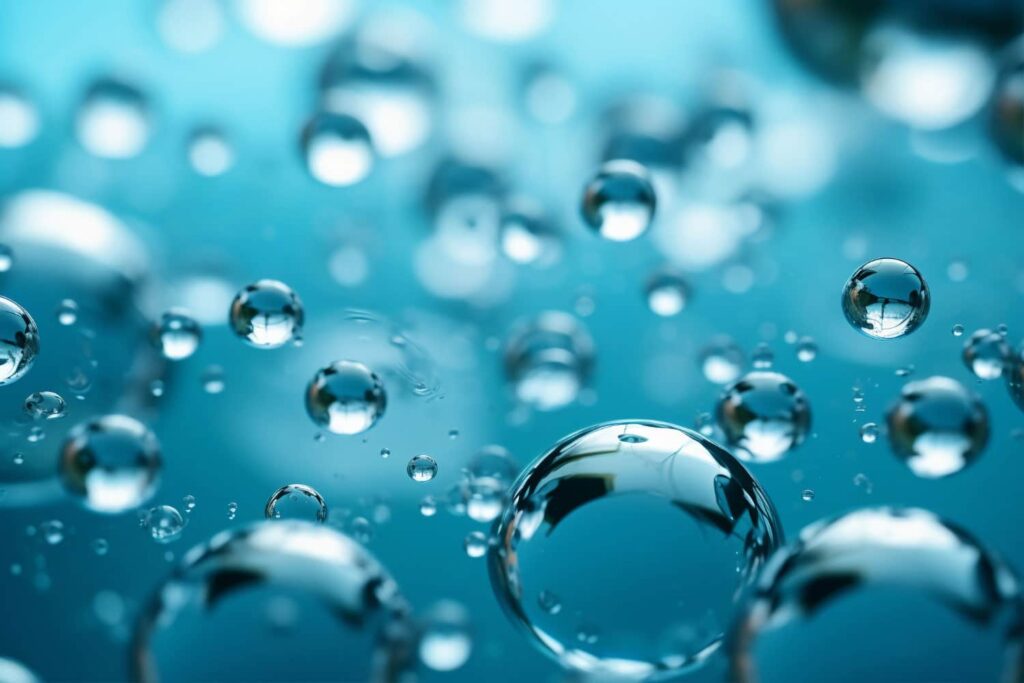Electrolysis of water presents an excellent method for generating hydrogen, an energy source that could significantly impact the global energy transition towards renewables. However, As an energy source, hydrogen has been largely untapped due to its high cost and limited understanding of the catalysts involved in its production.
The use of iridium-based oxides as catalysts has shown promise in enabling the production of green hydrogen. A recent study from Northwestern University researchers has resulted in the development of a novel catalyst that demonstrates higher activity, longer stability, and more efficient iridium use. This breakthrough could make green hydrogen production a practical and feasible reality.
The research, published in the journal Nature Catalysis, utilized a combination of electron- and x-ray-based techniques to reveal, for the first time, experimental proof of the changes in the surface of iridium oxide during water electrolysis.
“Now that we finally know the nature of these active sites at the surfaces of these materials, we can design future catalysts that feature only the three structures we identified to achieve optimized performance and more efficient use of precious iridium,” said Linsey Seitz, a Northwestern electrochemist and the paper’s lead author.
The use of “precious iridium” as a catalyst is crucial for green hydrogen production due to the challenging operating conditions of the reaction. The process of water electrolysis, specifically proton exchange membrane (PEM) water electrolysis, offers great promise as it can be powered entirely by renewable electricity. However, the acidic environment in which the reaction occurs limits the catalysts that can be utilized.
Furthermore, the reaction conditions lead to significant changes in the surface structure of catalyst materials. Identifying these rapidly changing and potentially damaged catalyst surface structures has proven to be a challenging task due to the nature of the water electrolysis process and limitations in imaging methods.
The surfaces of iridium oxide have long been a subject of interest, with computational predictions suggesting various possible connection types. However, direct experimental evidence has been elusive until now.
In a recent study, three connection types previously labeled as “amorphous” following a catalytic reaction were discovered to possess distinct paracrystalline structures. These structures were found to play a crucial role in stabilizing the catalyst and determining its activity.
The Seitz team’s innovative workflow has significantly minimized damage from analytical techniques, enabling more precise analysis of complex materials. By utilizing electron-based microscopy and scattering, the researchers were able to identify the catalyst’s surface structure both before and after the water electrolysis process. These findings were then corroborated through high-resolution X-ray spectroscopy and scattering, providing a comprehensive understanding of the catalyst’s behavior.
“We are thrilled to extend these characterization techniques to rigorously analyze other complex, active catalyst materials whose relevant active structures have thus far been elusive to experimental identification,” Seitz said. “These fundamental insights will drive the design of high-performance catalysts that can optimally use precious metals and critical minerals content.”
The team utilized their newfound knowledge of iridium to create a catalyst with paracrystalline structures, which, during its initial activity measurement, displayed three to four times more efficiency than other iridium-based catalysts.
“Our developments will help bring us closer to a sustainable energy future where green hydrogen via water electrolysis is a reality and widespread deployment of these emerging technologies are more technologically and economically feasible,” Seitz said.
Journal reference:
Bingzhang Lu, Carolin Wahl, Roberto dos Reis, Jane Edgington, Xiao Kun Lu, Ruihan Li, Matthew E. Sweers, Brianna Ruggiero, G. T. Kasun Kalhara Gunasooriya, Vinayak Dravid & Linsey C. Seitz. Key role of paracrystalline motifs on iridium oxide surfaces for acidic water oxidation. Nature Catalysis, 2024; DOI: 10.1038/s41929-024-01187-4
>>> Read full article>>>
Copyright for syndicated content belongs to the linked Source : Tech Explorist – https://www.techexplorist.com/new-method-could-make-green-hydrogen-production-feasible/86480/#utm_source=rss&utm_medium=rss&utm_campaign=new-method-could-make-green-hydrogen-production-feasible
